The art of animation can often seem complex, but with the right techniques, appealing transitions can be easily implemented. A remarkable example is the scaling in animations, which can help you achieve dynamic and engaging effects. In this guide, I will show you how to create impressive transitions in your project using the technique of zooming and scaling.
Key Insights
- Understand the difference between proximity and scaling
- Effective use of 3D layers for zoom animations
- Creation and adjustment of keyframes for smooth animation
- Importance of curves for timing animations
Project Preparation and Basic Considerations
Before you start the actual animation, it is important to have a clear idea of your project. Consider which elements you want to animate and what transitions are required. This includes not only the design of the animation but also the type of movement that the animation should make.
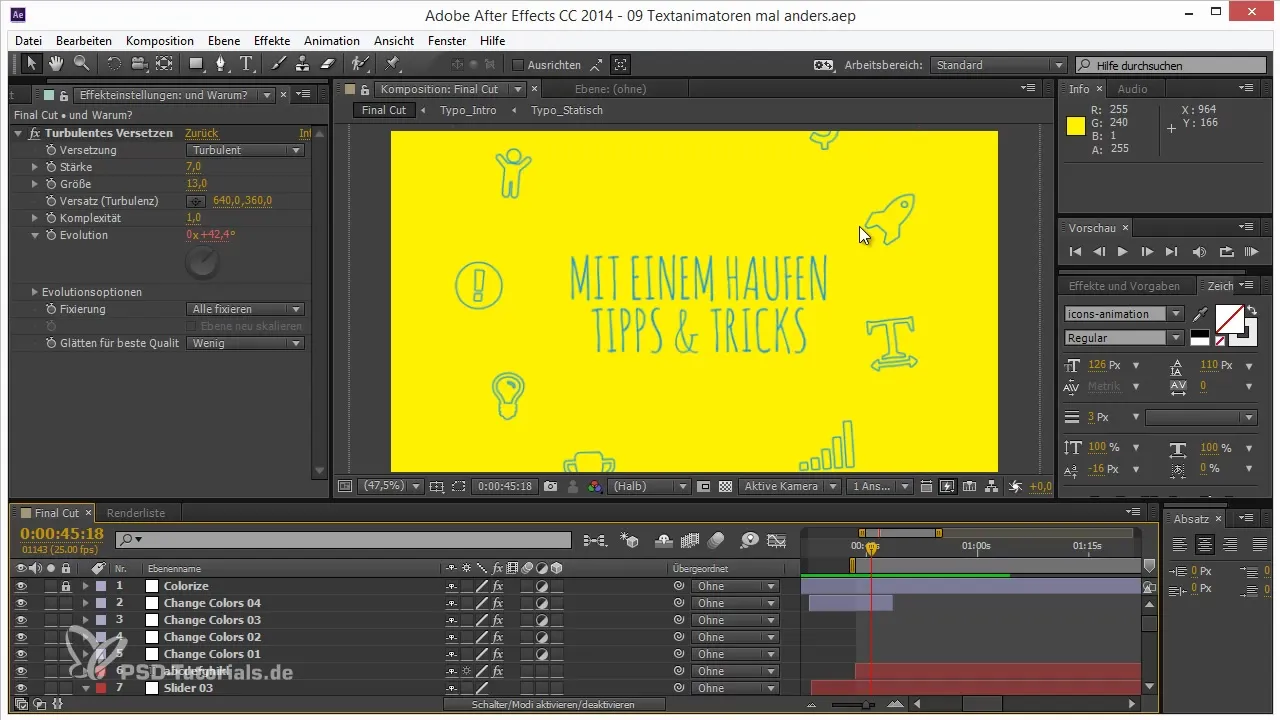
Throughout the project, you have likely added some text layers and effects. Make sure that all desired effects have been correctly applied. The shaky effect, which adds dynamism, is particularly important here.
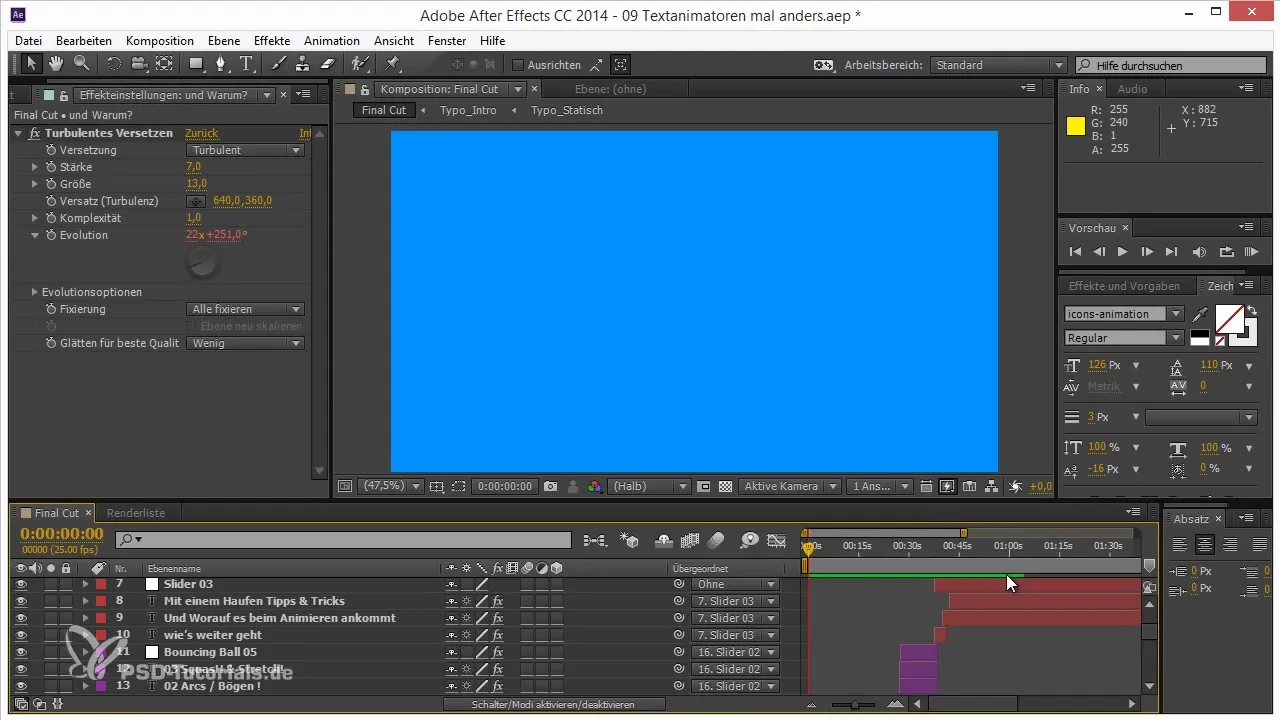
Creating the Zoom Effect
To achieve an effective zoom effect, it is advisable to work with 3D layers. This allows you to optimize the behavior of scalings. The transition between different scaling levels is crucial, as the size of an object changes exponentially the closer it is brought to the camera.
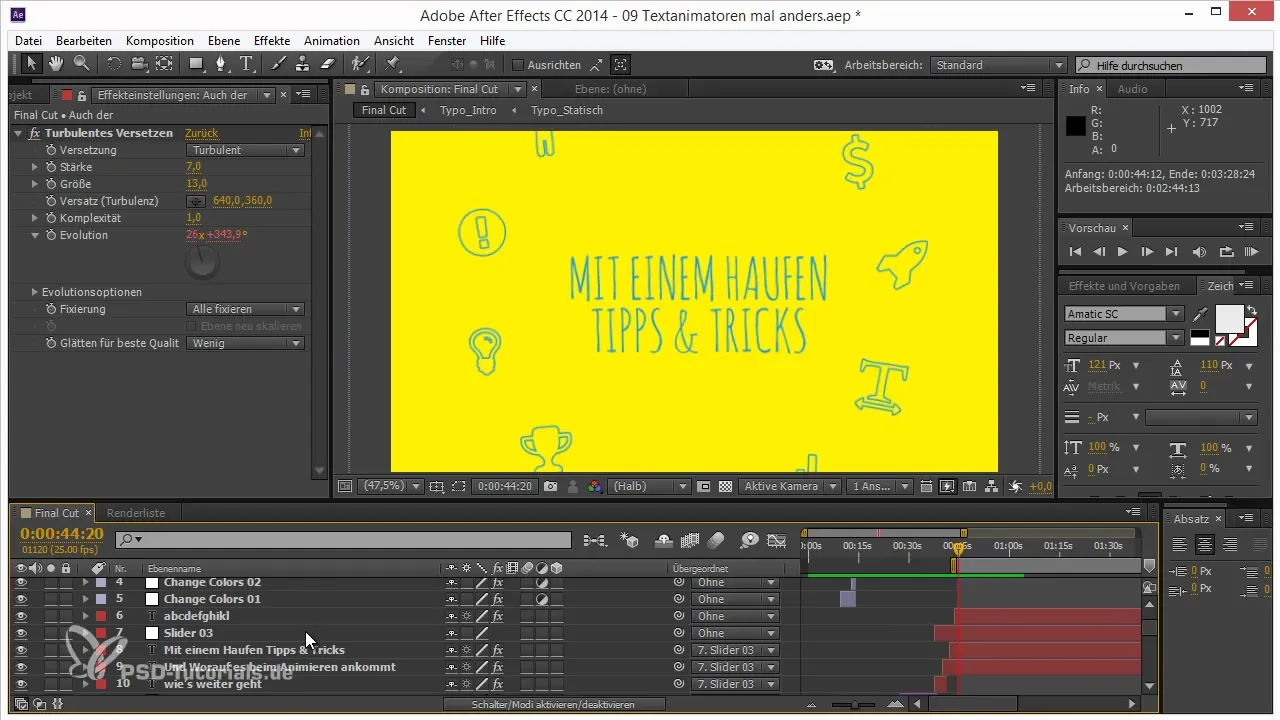
To achieve this effect, add a null object. Press the keys Ctrl + Shift + Alt + Y to create the null object. This object will later manage the scaling and can be linked with effects and animations.

Rename the layer so that it is clearly recognizable for its purpose, for example, "ScaleUp". It's important to keep track in your project so that you can work efficiently.
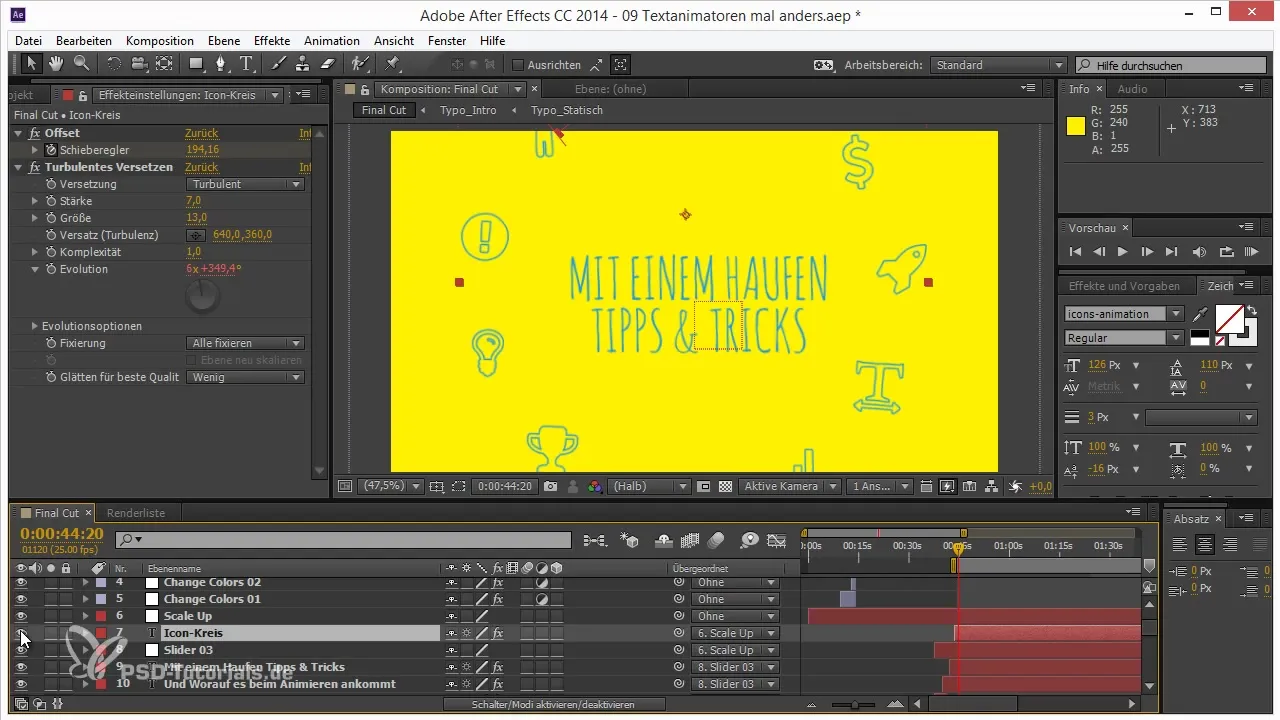
Inserting Keyframe Animations
The next step is to set keyframes for the scaling. Start by creating the first keyframe for the scaling. Move to the next frame position and scale the object until it zooms out of the picture. It is helpful to initially zoom out slightly to create anticipation for the following movement.
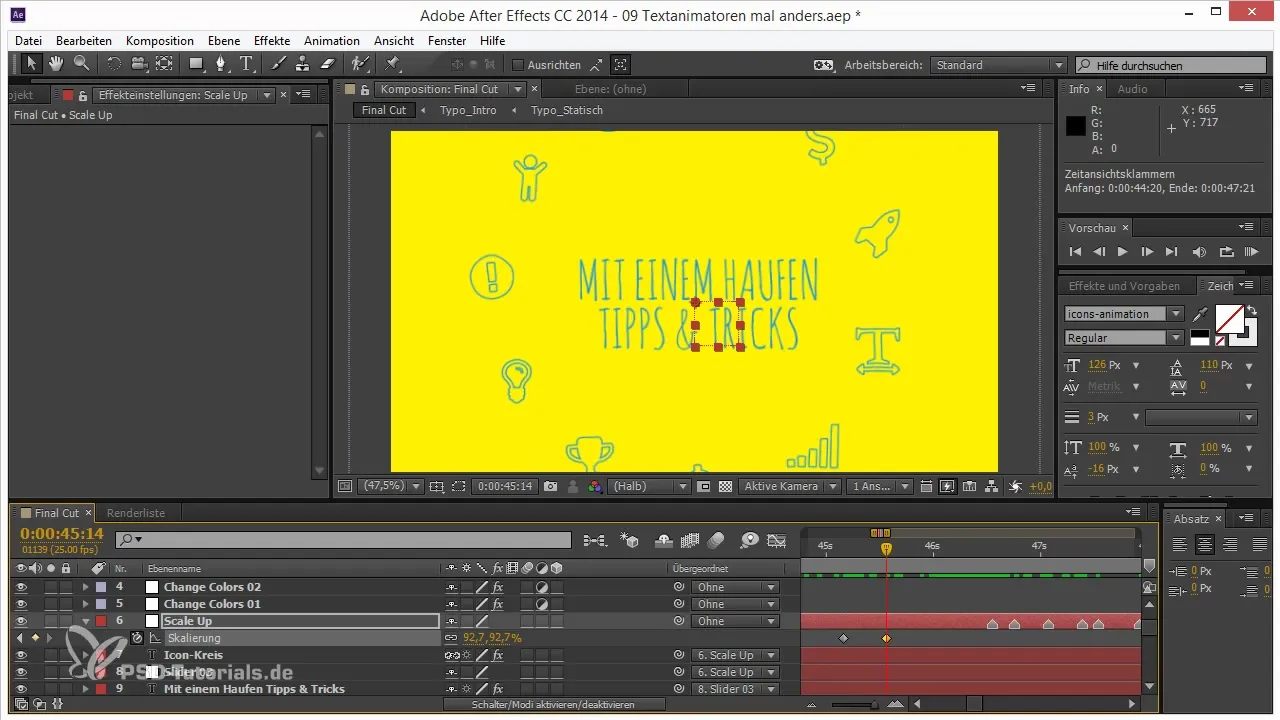
Make sure that the speed of this animation is well coordinated. Often the transition appears much slower than expected once you view it in real-time. This point needs to be optimized.
Adjusting Curves
An important element for animation is the adjustment of the curves. These curves determine the speed and dynamics of the movement. They can be set to exponential, which makes the animation lively and natural.
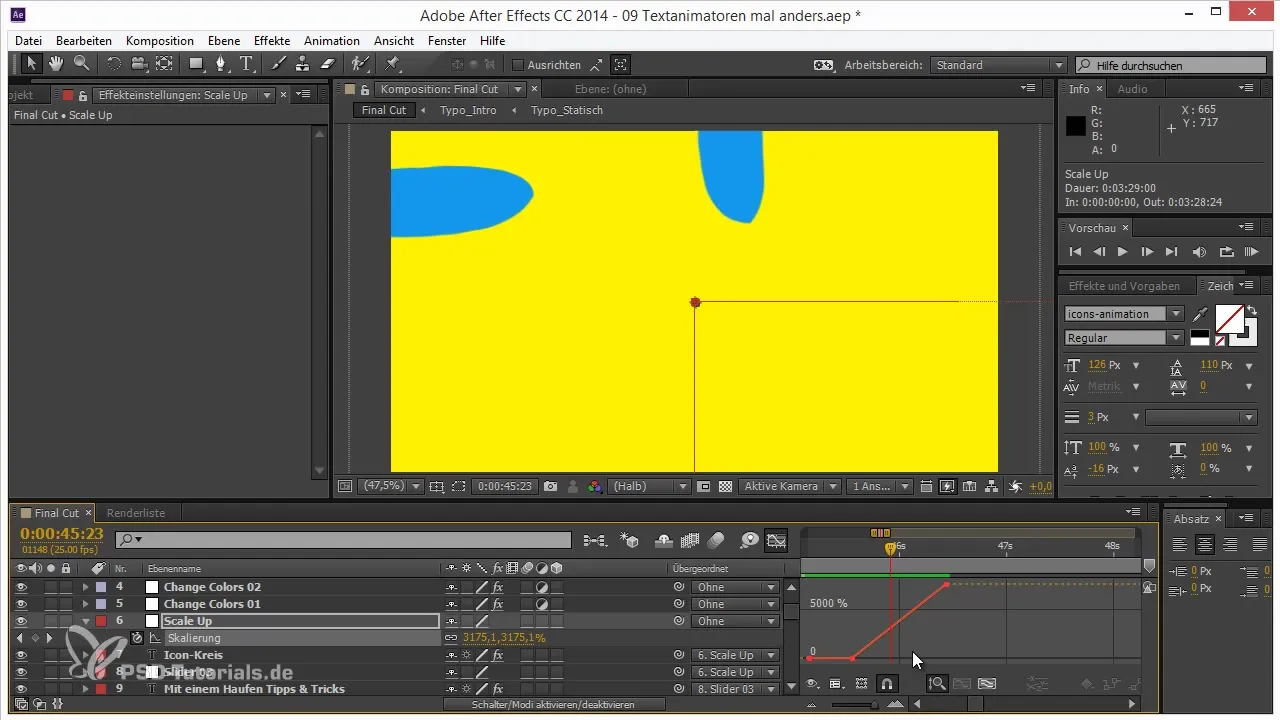
In After Effects, you can adjust the curve override through the "Keyframe Assistant." Navigate to Animation > Keyframe Assistant > Exponential Scale. You will quickly realize that it allows for more room for adjustments.
With the curves, you can adjust the animation so that the transitions are smoother and more harmonious. It is helpful to use the "Align" panel to see immediately how your adjustments affect the movement.
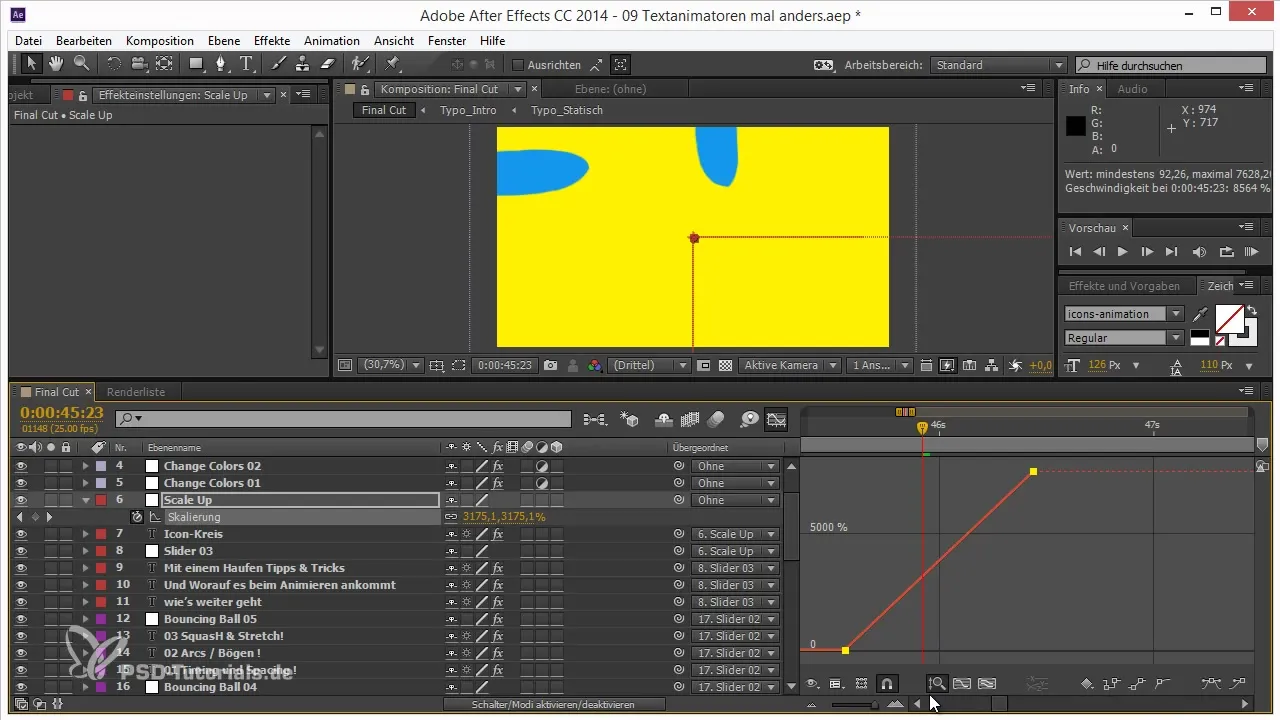
Tuning and Testing
Regularly test the animation to ensure that it meets your expectations. It's important to pay attention to the timing and rhythm of the music, as these often form the anchor points for your animations.
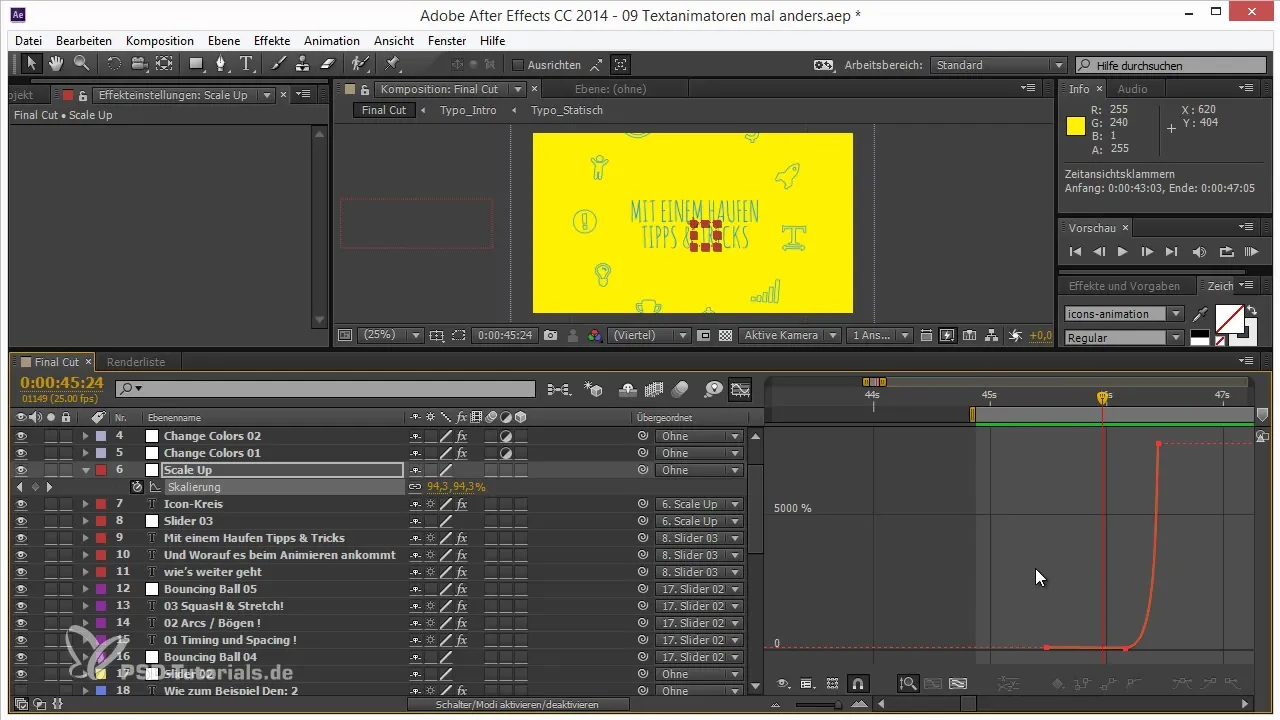
A good tip is to do a review multiple times and repeat the animation process until you are satisfied with the result. Animation is often a process of learning and repetition.
Summary - Animation Made Easy: Transitions through Effective Scaling
In this guide, you learned how to create engaging zoom animations through the clever application of scaling and curves. From project preparation to setting keyframes to fine-tuning – the various steps offer you a multitude of opportunities to achieve impressive effects in your projects.
Frequently Asked Questions
What is the difference between proximity and scaling?Proximity moves a layer, while scaling changes the actual size of the layer.
How do I create a null object in After Effects?Press the keys Ctrl + Shift + Alt + Y to add a null object.
What does exponential curve design mean?It is a method to increase the speed of the animation, so that it accelerates faster.
How can I adjust curves in After Effects?Through the keyframe assistant, you can set curves for smooth movement.
How often should I test my animation?It is advisable to regularly review during the entire animation process to make adjustments.


